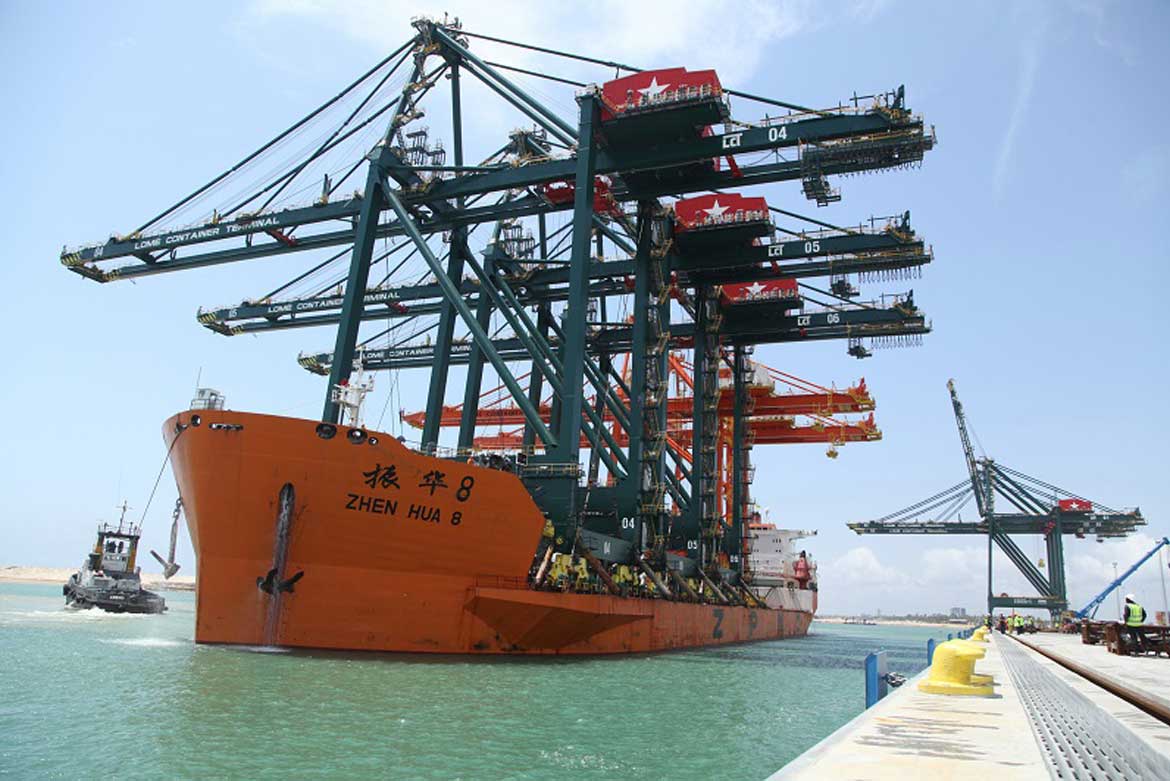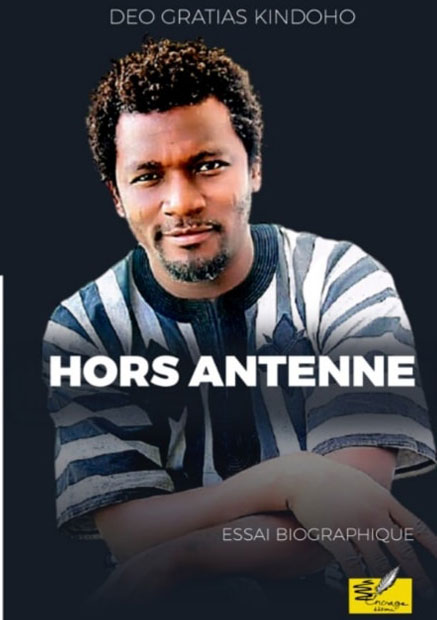In West Africa, second-hand vehicle trafficking is a lucrative business both for entrepreneurs and for the coffers of the port states through which they transit to the countries of the hinterland. Indeed, in the absence of being able to buy brand new vehicles, the middle classes of the countries of the sub-region have set their sights on second-hand cars.
Imported from Germany, the Netherlands, Belgium, France and elsewhere, they are known by various names in Africa: “Goodbye France”, “Frozen cars”, “Second hands”, etc. In addition to traders, trafficking employs a large local workforce made up mostly of young people, in this case freight forwarders and canvassers. Not to mention the guardians of car parks and the related activities that it generates. But it mainly benefits transit ports. Thus, the ports of coastal countries such as those of Abidjan, Cotonou, Lomé, Tema and Accra share the windfall from trade towards landlocked countries such as Niger, Mali, Burkina and even Nigeria and Chad. But each port tries to make the most of it and builds its strategy to be as attractive as possible for its customers.
After many years of affluence, the port of Cotonou is currently being gradually deserted by a large proportion of its customers from the hinterland countries. Several reasons are at the origin of this progressive disaffection of the port of Cotonou. And this, for the benefit of the port of Lomé, which has become increasingly competitive in terms of value for money. According to a number of economic operators and handlers using the two ports, that of Cotonou had 12 berths a few years ago compared to 9 for Lomé.
To this, it should be added that the road checkpoints to cross the country are more numerous in Benin than in Togo. In the same vein, at the port of Cotonou, users took between 18 to 20 days to recover their goods compared to 2 to 3 days in Lomé. While customers of the port of Lomé said they were satisfied with the management of the port by the general management, which is often attentive to their needs, the same was not true of that of Cotonou.
And this is the real crux of the problem. The port of Cotonou has experienced a management problem for several years. Which has gotten worse in recent years. This has been felt on its various services for the benefit of its customers. The multiplication of difficulties due to its mismanagement and its tribulations before the economic operator Patrice Talon who was supposed to manage the new Import Verification Program (Pvi) took over the business well before becoming President of the Republic of the country finished diverting traffic to its competitor in Lomé.
The reason is simple and very logical, according to Ismaël Teiga, second-hand vehicle salesman in Cotonou, it is a question of commercial logic: "I put myself in the place of second-hand car dealers to understand the reasons why the port of Lomé can only attract them. In our country, there are not only the many checkpoints of the public security forces that hold people to ransom. But there is also the time you can take before getting your vehicles out of the port. In addition, it costs more here in Cotonou in transit than in Lomé. If you were a merchant, what would you choose? You would choose the port of Lomé, no doubt, even if you are Beninese and a good patriot”.
But even after Patrice Talon took over the port of Cotonou and signed its partnership with the ports of Antwerp in Belgium, it is still struggling to recover. The times when economic operators in the hinterland countries only had eyes for the port of Cotonou are long gone now. Cotonou certainly continues to experience a flow of second-hand vehicles in particular. It is nevertheless disproportionate to that which the city saw passing the previous decades. While waiting for the Beninese authorities to rectify the situation at the port of Cotonou, Lomé remains for the moment the most popular destination for vehicle traffic in West Africa.
By Marcel Ahouangan




















